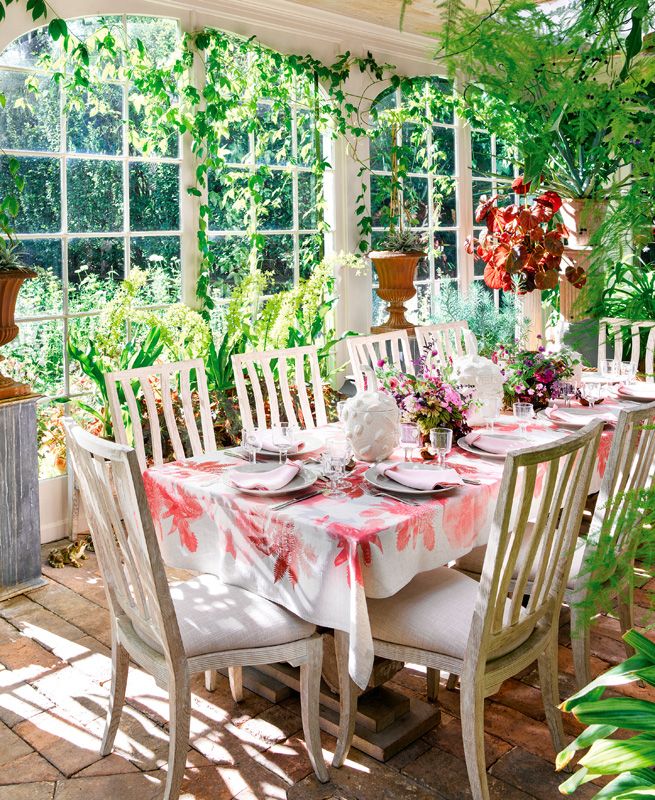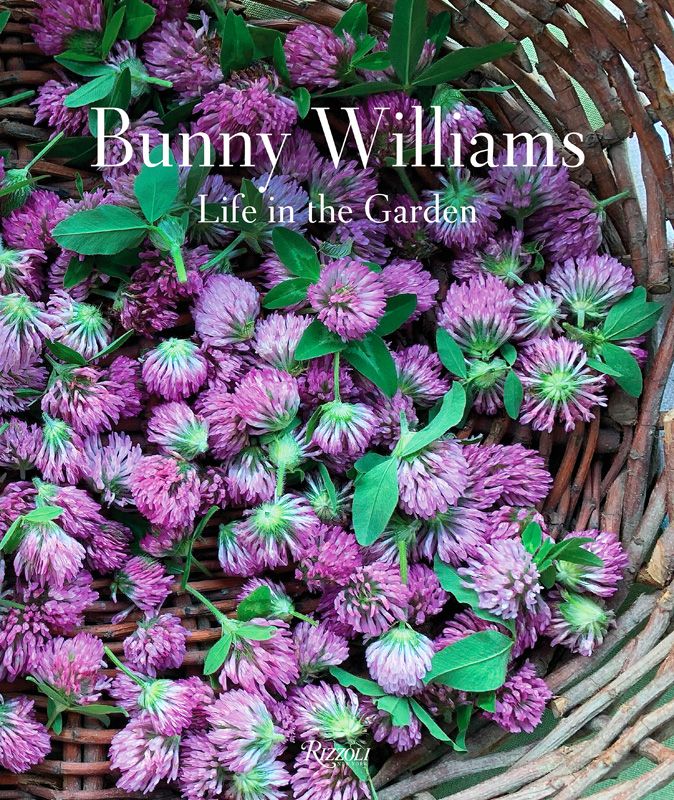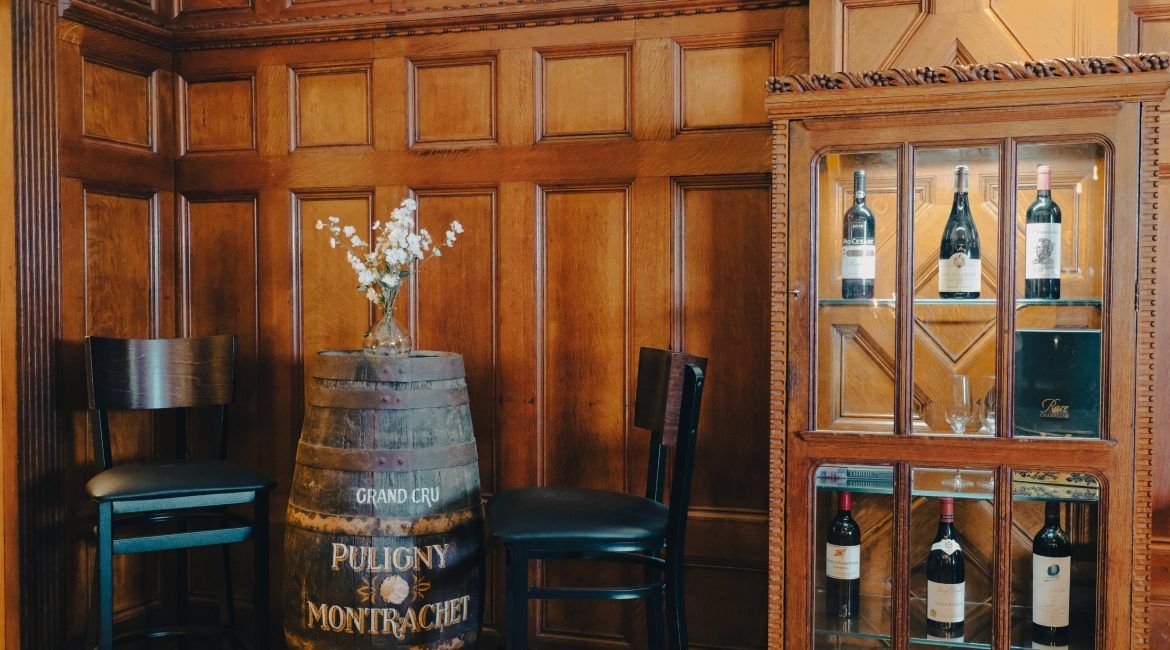PropertiesPlaces
Designer Bunny Williams’s ‘Life In The Garden’ Welcomes Readers into Her Connecticut Country Home
by Elliman Insider Team
July 2024
Photographs by Annie Schlechter
View full issue.
“I spent a lot of time reaching back into my memories to try to figure out where my passion for homes, and especially gardens, came from,” acclaimed designer and philanthropist Bunny Williams writes in her new book, Bunny Williams: Life in the Garden (Rizzoli, 2024). Growing up in a classic Virginia farmhouse on a rambling and bucolic property near Charlottesville, she spent blissful childhood days in the countryside. She describes in rich detail the thrill of seeing the dogwoods brighten the landscape every spring and the joy of eating warm biscuits with jam made from the fruit of ancient apple trees in the orchard, where daffodils covered the roots like a brilliant yellow carpet.
It was perhaps no surprise that no matter how much she enjoyed life as a transplanted Manhattanite, the fledgling designer found herself longing for a place in the country. So it was that Williams and her husband, antiques dealer John Rosselli, came to purchase a historic Federal-style house in northeast- ern Connecticut. Over the years, as her career flourished (she was named to the prestigious AD100 list and inducted into the Interior Design Hall of Fame, among many other accolades), Williams lovingly transformed both house and grounds into an enchanted place that enriches her enjoyment of her home as well as time spent there with family and friends.
In the early years, she naively assumed garden design would be easy. “I often bought whatever looked good in the nursery,” she recalls. “The joy was in the process, but as the summer went on, I found that my beds were not fabulous—height and color were wrong, and textures were not complementary. That is when I realized I needed to educate myself.” She pored over gardening volumes, attended lectures, and visited gardens around the world, making notes about what struck her fancy and what might work in her own garden. She advises readers to do the same: Pay attention to what you like. Embrace the inevitable trial and error that comes with gardening. Learn. Even if you seek the expertise of a landscape designer, it’s wise to know something about soil, invasive plants, deadheading, and the like. She also emphasizes the im- portance of making a plan to create a “room” for each garden space. For Williams, these spaces include a sunken garden, a parterre garden, a vegetable garden, a woodland garden, and an orchard in addition to a year-round conservatory, an aviary, and a poolside Greek Revival–style folly. In the woodland garden, “the sounds of the leaves blowing in the breeze and the birds singing to each other are as beautiful as any symphony I have ever heard,” she writes.
It is easy to look at your garden and see your mistakes, as Williams knows all too well. There will always be room for improvement. But forget that for a moment, she advises. Visit your garden late on a summer afternoon. Sip a glass of wine. Wander. Watch the butterflies. Sit and simply enjoy the beauty around you.







